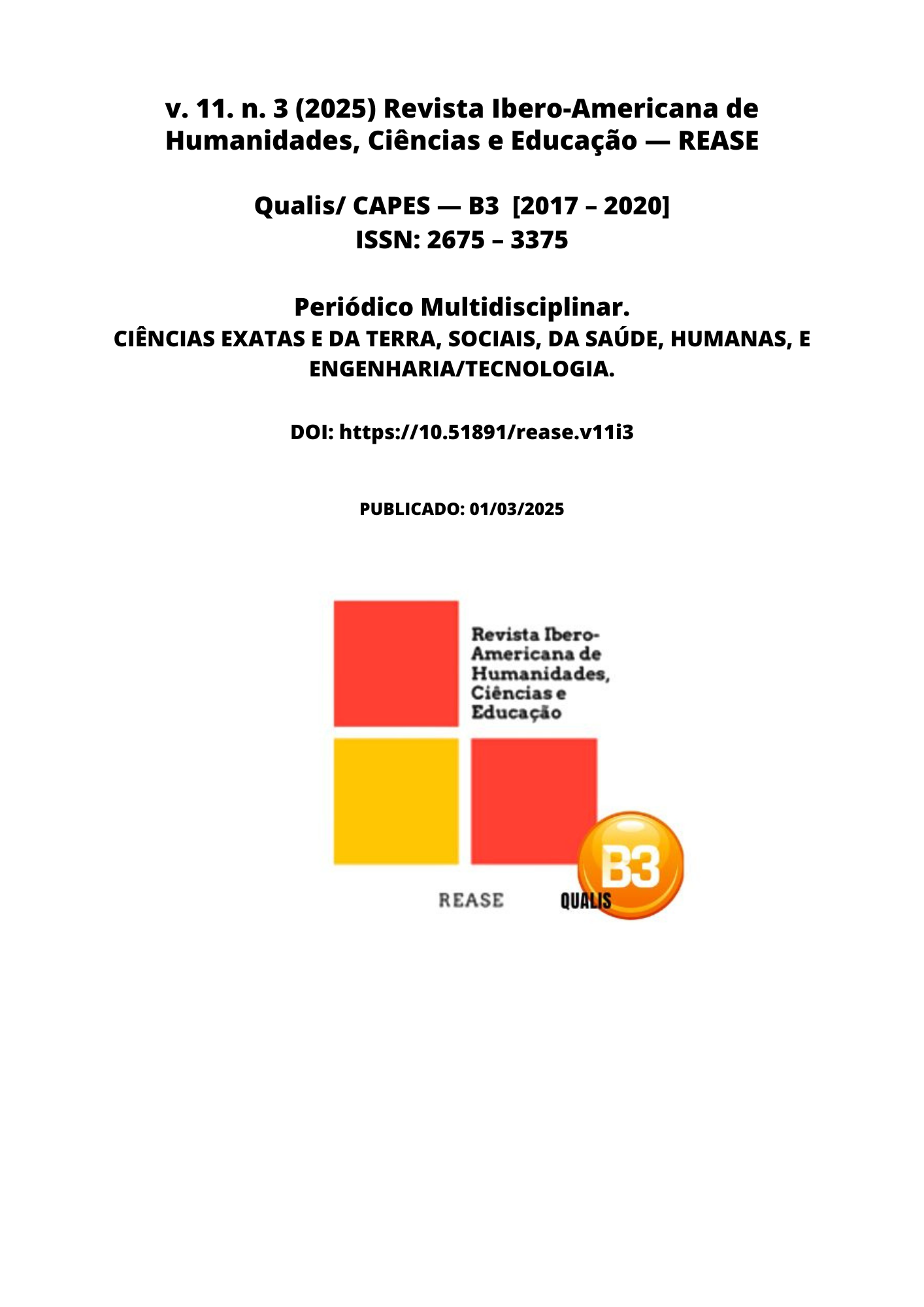CORRELATION BETWEEN PELVIC FLOOR MUSCLE FUNCTIONS AND BODY MASS INDEX IN YOUNG NULIPAROUS WOMEN
DOI:
https://doi.org/10.51891/rease.v11i3.18525Keywords:
Pelvic diaphragm. Pelvic floor disorders. Body mass index. Women's health.Abstract
This article sought to correlate the presence of pelvic floor muscle (PFM) dysfunctions and disorders related to body mass index (BMI) in young nulliparous women. Methods: A cross-sectional study was conducted with a convenience sample of young nulliparous women. Participants were evaluated using the socio-clinical questionnaire, Pelvic Floor Distress Inventory (PFDI-20), International Consultation on Incontinence Questionnaire-Short Form (ICIQ-SF) and physical examination of the PFM. Results: The sample consisted of 77 women aged 21.68 ± 2.94 years, BMI of 23.93 ± 4.47, only 10 participants were overweight. According to the PFDI-20, the majority of the sample presented normal PFM functions. The urinary function of the sample according to the mean ICIQ-F showed normal values. The prevalence of urinary incontinence was 9.09% (n = 7). There was a statistically significant difference between the groups for the bladder domain in the PFDI-20, with the overweight group presenting higher values indicating a greater presence of symptoms of bladder dysfunction. There was a moderate correlation between the presence of BMI and PFDI-20 bladder and weakness of the PFM. Conclusion: Increased BMI is associated with weakness of the PFM, potentiating bladder dysfunction.
Downloads
Downloads
Published
How to Cite
Issue
Section
Categories
License
Atribuição CC BY

